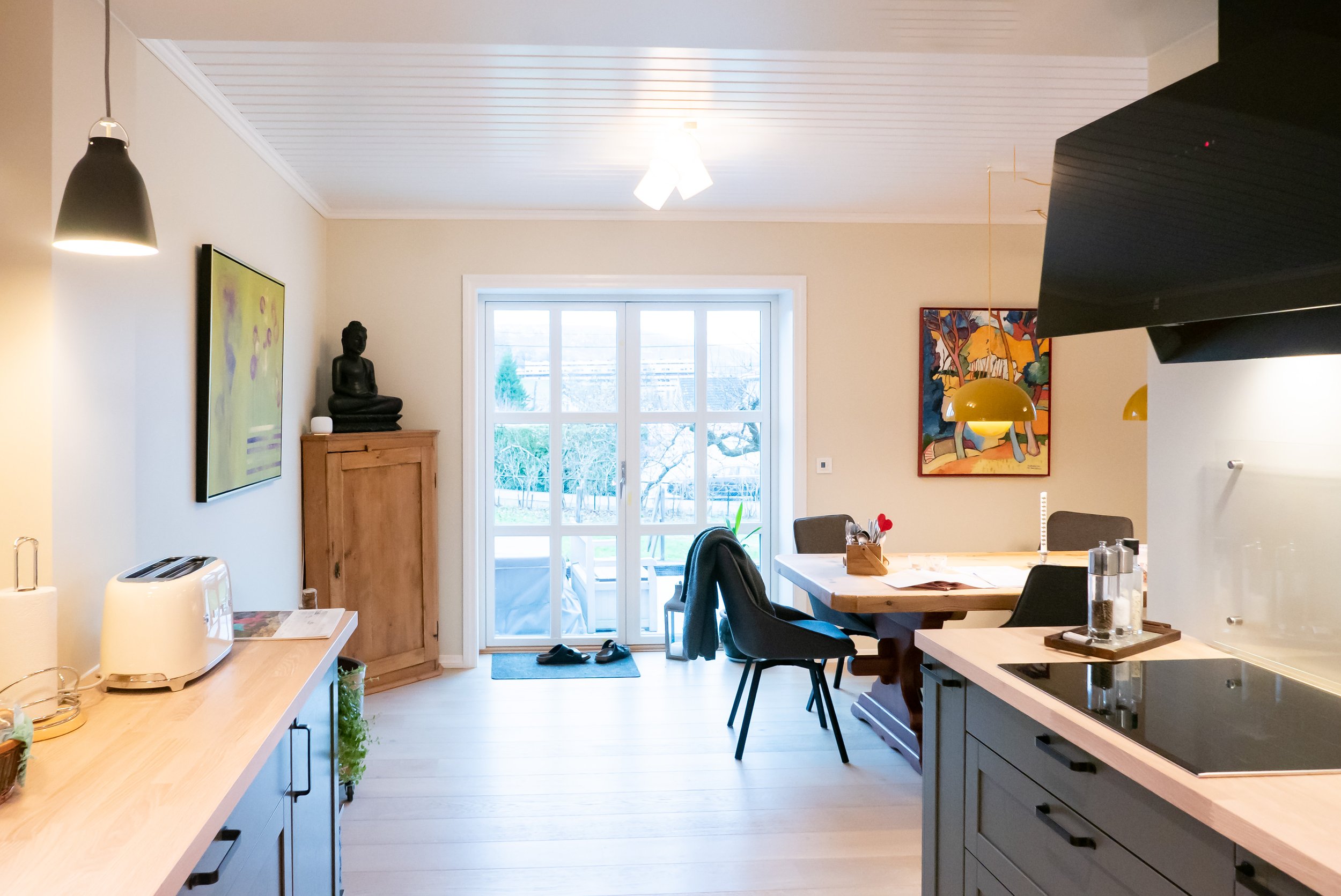Before winter hits the Serbian hills, I visited the Sokolovica eco-village on the Rtanj mountain in Southern Serbia to help them prepare the gardening raised beds where they will grow most of their food next year.
As part of our permaculture strategy, we wanted to set up the first of a series of deeply mulched raised beds. The first beds were to be placed as close to the house as possible, to make then easier to maintain.
We decided to start small and wrap the first one around a mature apple tree, situated close to the entrance of the site. The shape of the raised bed would follow the drip line of the apple tree (below the perimeter of its foliage), where rain and condensation water tend to naturally get concentrated by its leaves, thus minimising the need to irrigate the bed later on. The drip line is also where the tree’s feeding root are at their densest below ground, so that will maximise interaction with companion plants growing in the raised bed.
Here's a sketch plan of the bed wrapping around the apple tree:
As the raised bed should neither be tilled nor disturbed, we created so called keyhole openings into the bed to allow easy reach to any part of the bed without having to stamp (and compact) the soil.
Placing the bed under the crown of the apple tree made it possible to use its foliage to define a range of different micro-climates in its shadows — protecting the plants below from the hot summer sun and from mid-season morning frosts. The tree foliage would also help protect the bed from the frequent summer thunderstorms, breaking the speed of the rain drops before they could damage the more delicate plants.
The excavation of the nearby reed bed filtering the house's grey water has unearthed a vast supplies of rocks (chalk?) and we decide to reuse some of them to create a border. In addition to keeping the mulch in place, they will provide habitat for small insect predators such as lizards and spiders. Their thermal mass will also play a role in controlling the bed's microclimates: accumulating heat during daytime and acting as condensation traps at dawn. The rest of our full time pest-controlling team — the birds — would happily perch on the apple tree above the bed and keep the insect population under control.
Laying out the raised beds was intuitive and fun: run around the tree with a wheelbarrow to figure the width of path and keyholes. Once this was done, visualising the width of the beds and the position of the keyholes was as as simple as two people walking round while shaking hands — since any part of the bed should be reachable from one of the sides without having to trample the mulch. Refreshingly practical!
The bed was mulched as follows (bottom to top):
- a layer of cardboard (reclaimed from local shops) to suppress the weeds under the bed,
- a thick pile of decomposing organic matters (pruned branches, food scraps, fallen fruits), mixed with some soil excavated for cellar drainage,
- a deep layer of fallen leaves collected from surrounding roads and alleys,
- a layer of straw from locally produced bales to insulate the soil and prevent seed germination until spring.
The raised bed was then copiously watered and will be left over winter to decompose into rich humus. Now waiting for the spring to start planting...



















